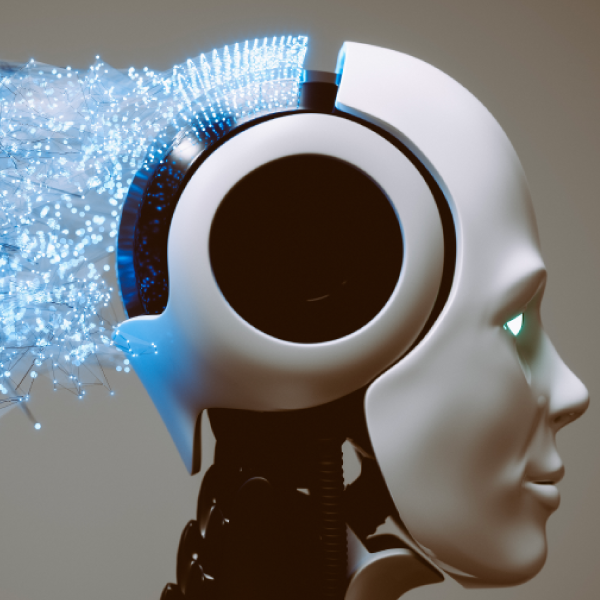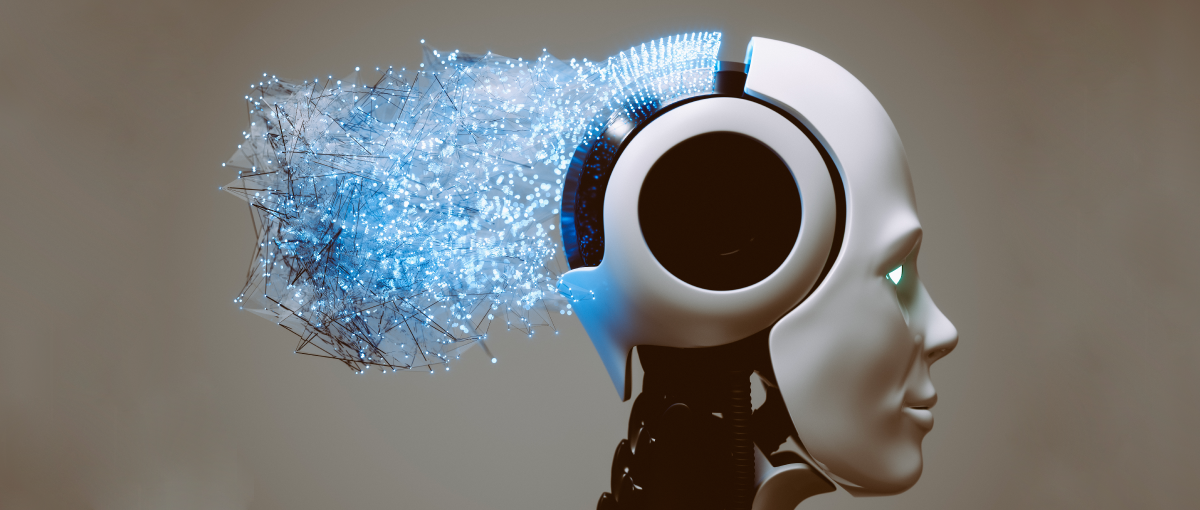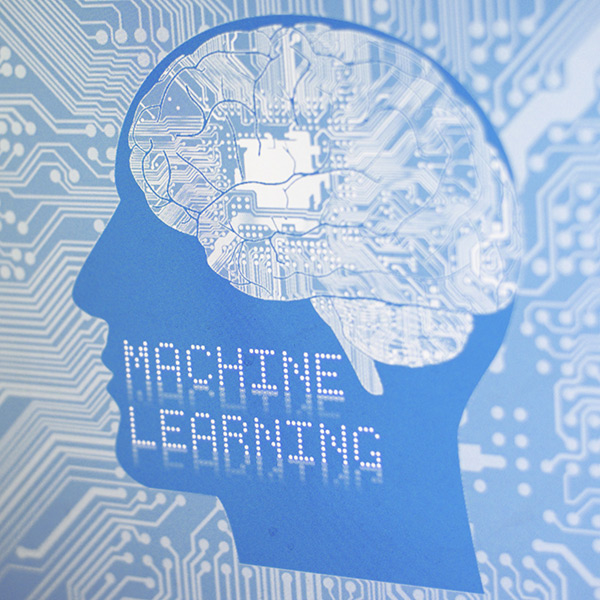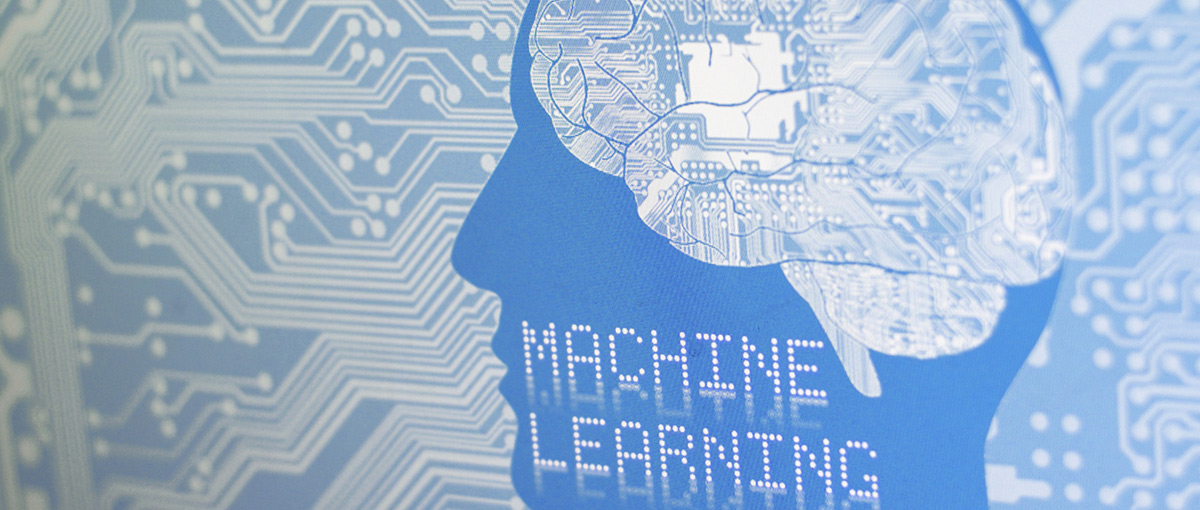Digital technologies and algorithms to analyse data represent the most recent evolution of intellectual technologies. They have transformed us into what we are today, into what we know, and into our ways of thinking. We live in close symbiosis with intellectual technologies and this will be increasingly the case with artificial intelligence algorithms
Carlo Vercellis, Full Professor of Machine Learning at School of Management, Politecnico di Milano
Most of our daily actions, purchases, movements, and personal or professional decisions are guided by a Machine Learning algorithm: it is convenient to receive suggestions about products to buy, hotels and means of transport for travel, and films or music we might like.
Many companies have been collecting large amounts of data in their information systems for decades. Credit card operators, who record almost two billion transactions over the course of a weekend, large retailers, Telco and utility providers.
However, the real revolution that has led to Big Data coincides with the advent of social networks, a phenomenon called the Internet of People. Each of us has gone from being a reader of information into an author of content. The need to store this immense and rapidly growing amount of data has led the large web companies to create a new type of database based on distributed network architectures and, in practice, to bring about the birth of the cloud.
In addition to people, there are now also ‘things’ on the Internet and this Internet of Things consists of countless objects equipped with sensors and often capable of intelligent and autonomous behaviour. We can turn on the lights in our homes from miles away, adjust our thermostats and watch through our video surveillance systems. Cars can drive autonomously without our intervention. This is a universe made up of almost 30 trillion sensors that record numerical values with a very high temporal frequency (one trillion is equal to ‘one’ followed by 18 ‘zeros’!). We also have digital meters for gas and power, capable of accurately recording how much we consume and suggesting behaviours to for more efficient sustainable use of energy. We wear fitness devices and smartwatches on our wrists, which record our physical activity, main vital parameters, eating habits, and the quality of our sleep, and provide us with useful suggestions to improve our physical condition. Smart objects that will help make our lives more and more comfortable.
From what we have said so far, it is clear that predictive value and applicative value help to generate great economic value, for businesses, for public administration, for citizens in general.
However, data in themselves are of no use if they are not automatically analysed by intelligent algorithms. In particular, machine learning algorithms in the field of artificial intelligence are applied to large volumes of data to recognise recurring regularities and to extract useful knowledge that makes it possible to predict future events with considerable accuracy. This is inductive logic, a bit like the learning mechanism of a child, to whom the mother points out a few examples of letters of the alphabet, enabling him in a short time to identify them independently and thus learn to read.
For example, algorithms are able to interpret the mood, the so-called ‘sentiment’, of text posts on social networks with 95-98% accuracy, which is higher than what a human reader could achieve. Similarly, algorithms are now able to perform automatic content and context recognition of analysed images with great precision.
Digital technologies and algorithms for analysing data represent the latest evolution of intellectual technologies and will help us live better. Suffice to think that throughout history, from the first prehistoric tools to the invention of writing, from the invention of printing to the conception of computers, intellectual technologies have been the driver behind human evolution. They have transformed us into what we are today, into what we know, and into our ways of thinking. We live in close symbiosis with intellectual technologies and this will be increasingly the case with artificial intelligence algorithms.
On the economic side, we observe that companies that are more mature in data analysis have a greater ability to compete and continue to strengthen compared companies that are less evolved and not as prompt in their adoption of digital innovation strategies. For years we have been used the term digital divide to refer to the gap between citizens with access to digital resources and those without. As part of the Big Data Analytics Observatory that we started up at Politecnico di Milano in 2008, last year we introduced the term Analytics Divide to indicate the gap that has been created and is unfortunately widening between companies that are virtuous in their use of big data and artificial intelligence and those that are less innovative, which will find it harder to get out of the swamp into which the virus has pushed us.
In order to progress as a data-driven company, it is however necessary to have adequate talent and skills, which can be obtained through the acquisition of new resources or the reskilling of resources already available in the company. With this in mind, at MIP-Politecnico di Milano we have launched several courses on Machine Learning, Artificial Intelligence, Big Data Analytics, and Data Science, such as the international Master in Business Analytics & Big Data and the executive course in Data Science & Business Analytics.









